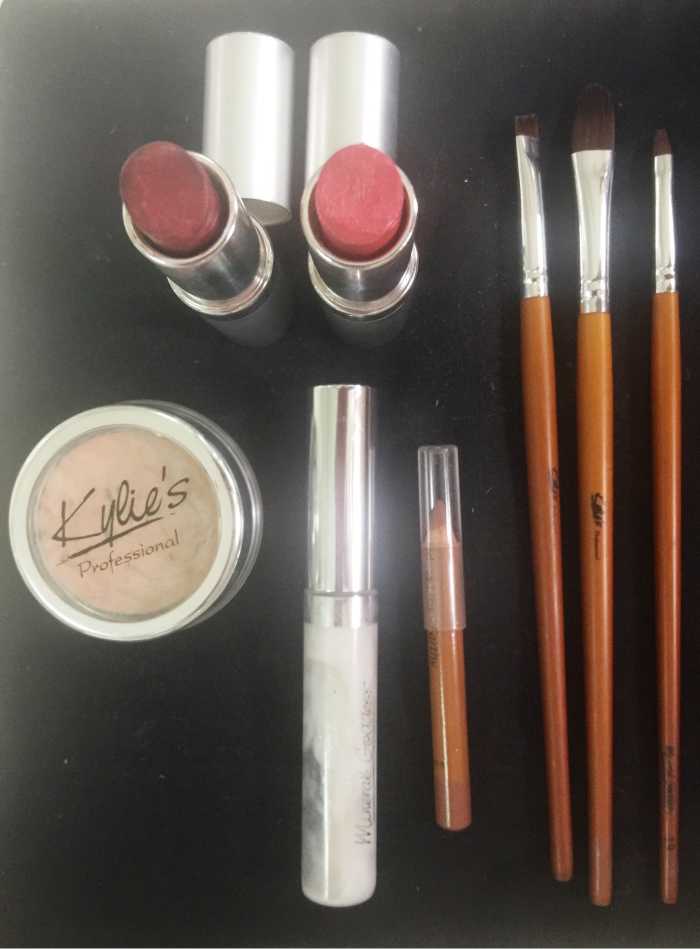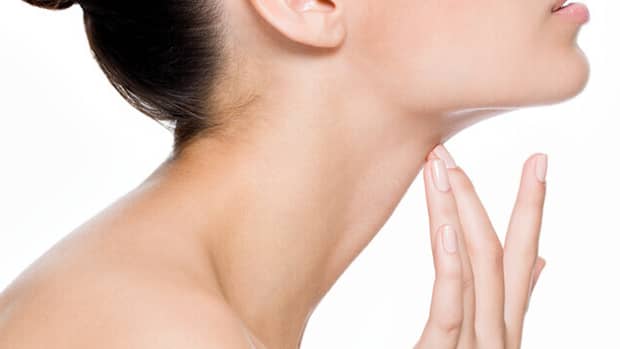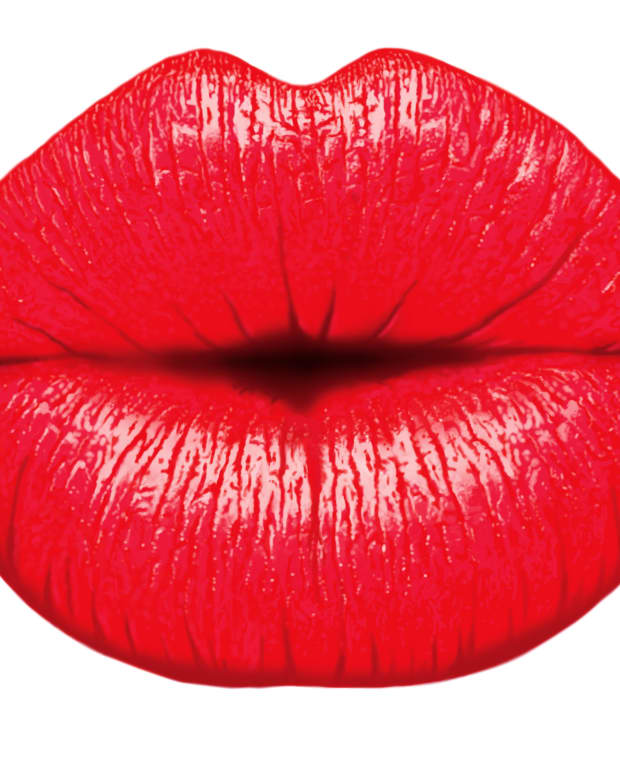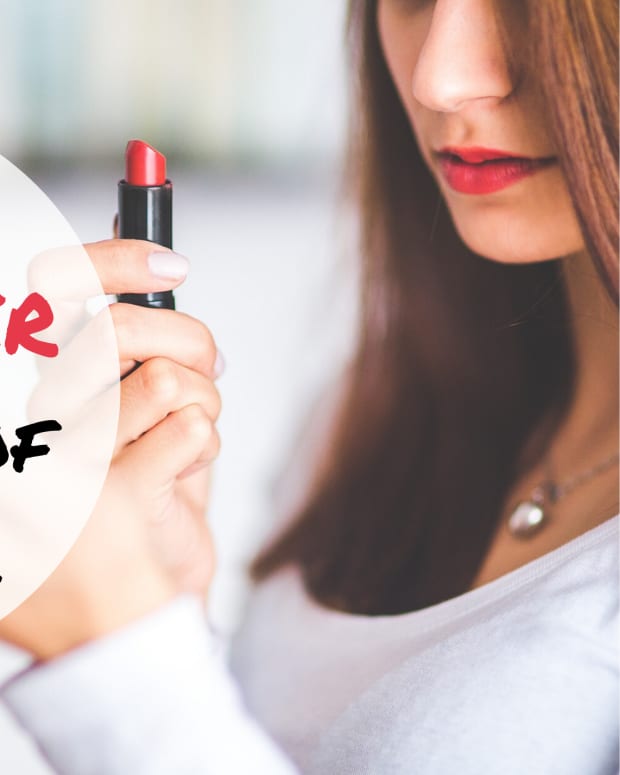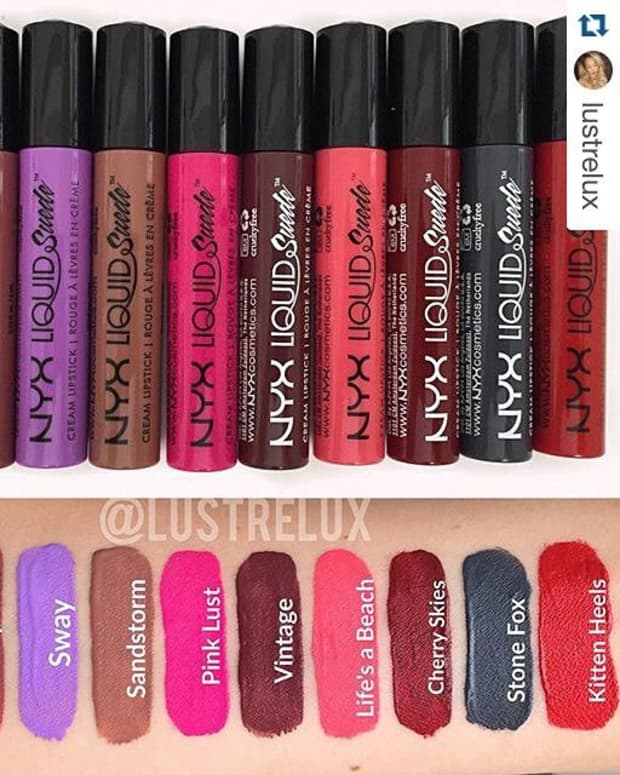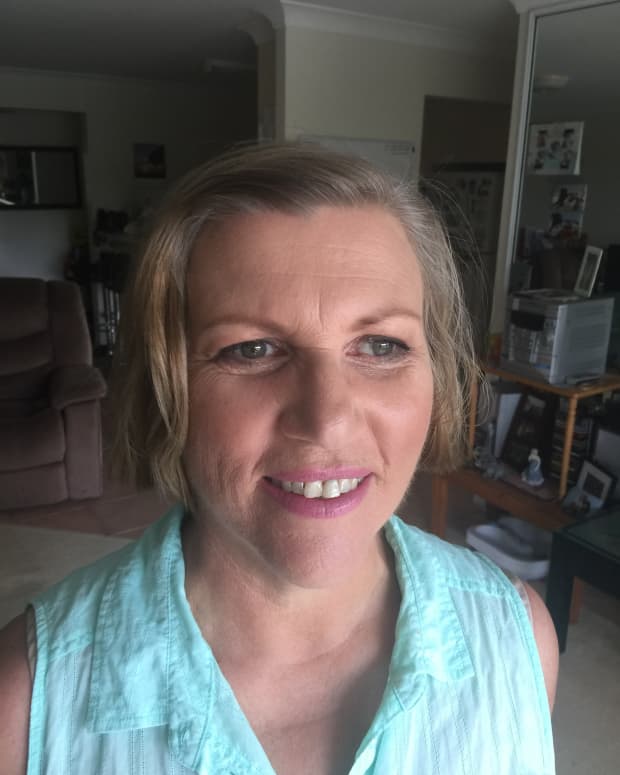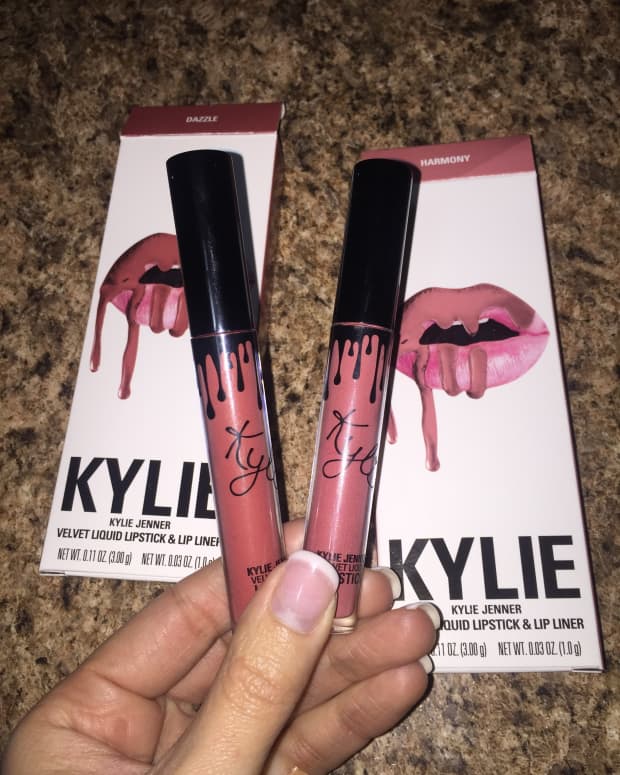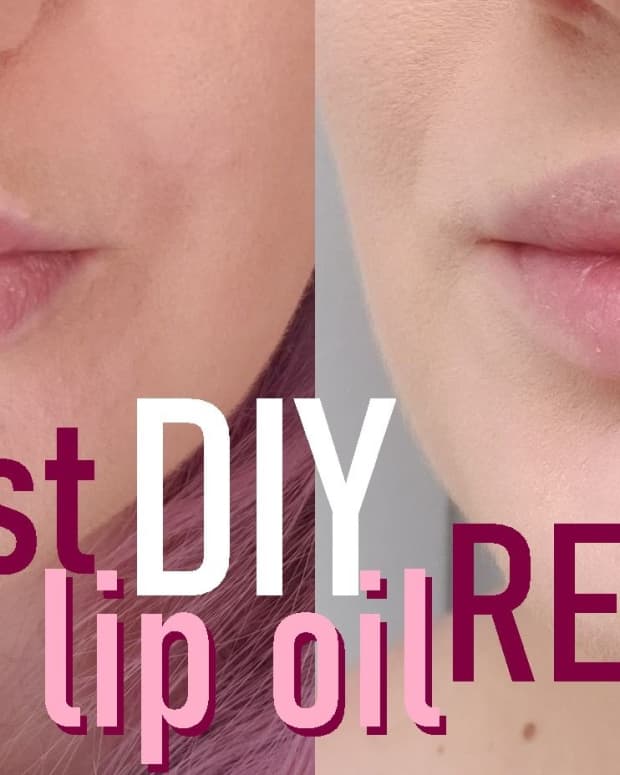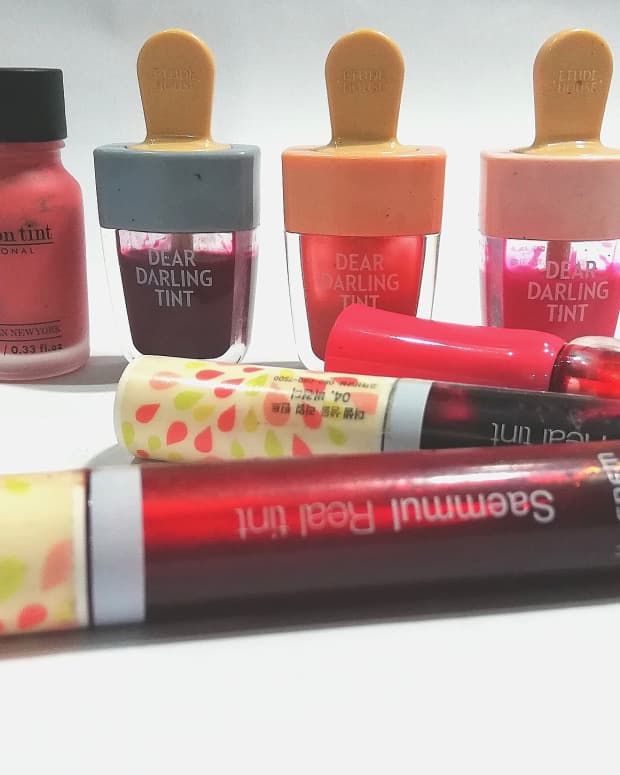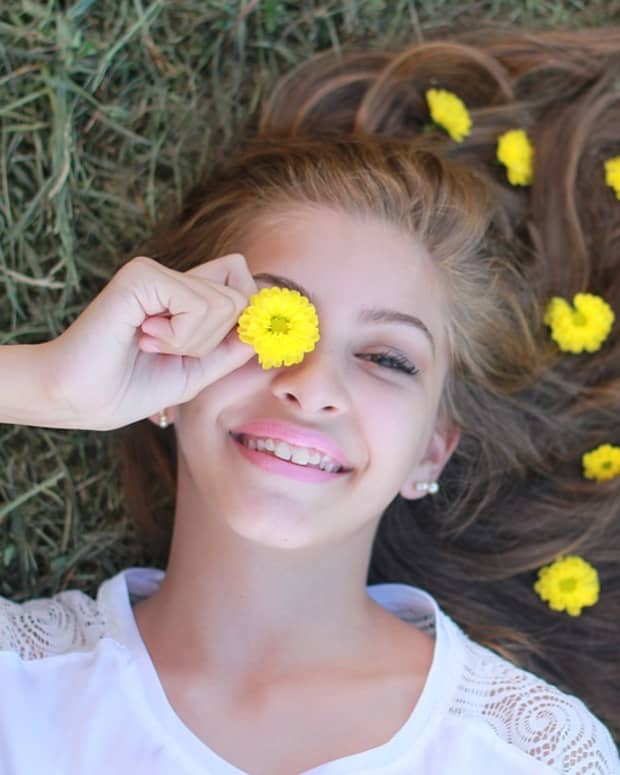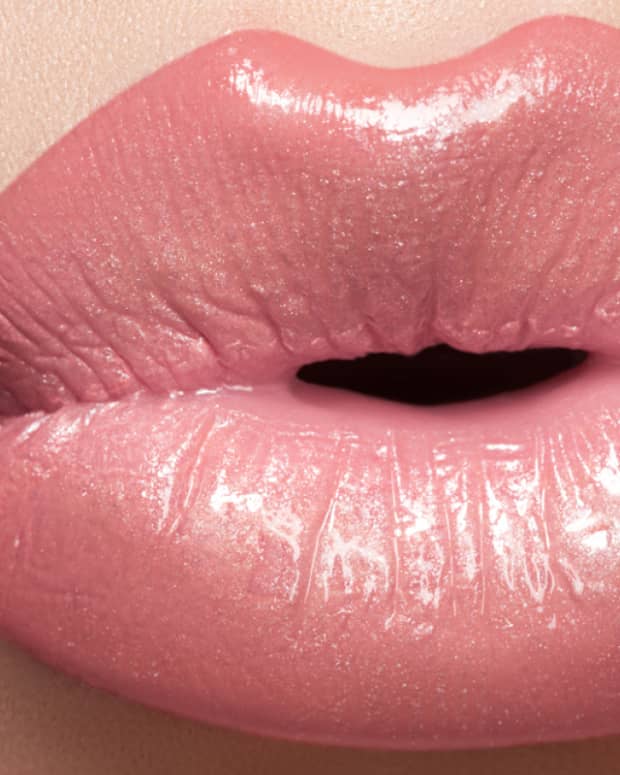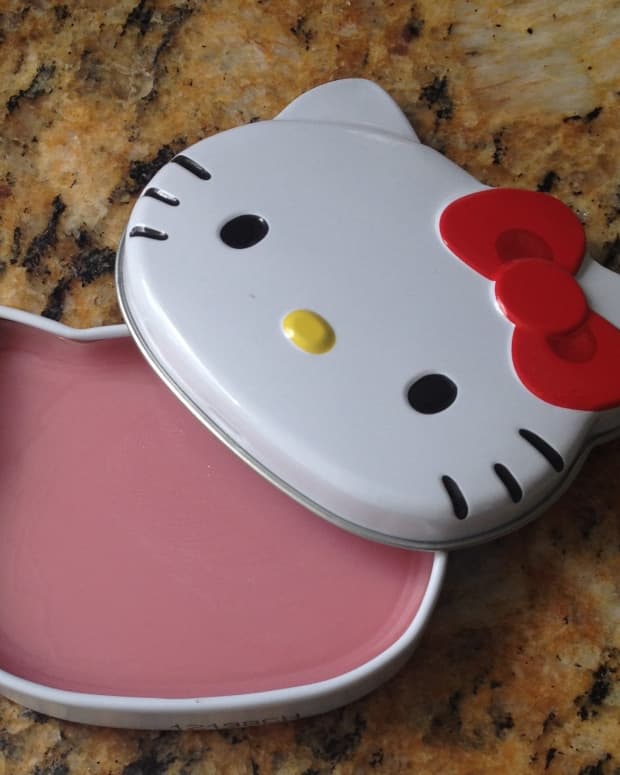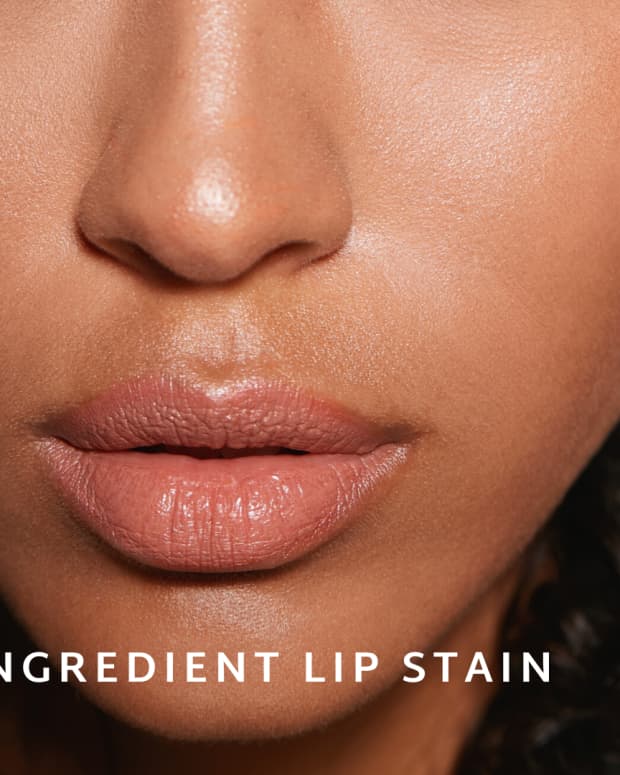How to Apply Lipstick Like a Professional: Step-by-Step Tutorial and Tips
Sheryl, a Transformational Therapist with qualifications in all areas of beauty, specialises in working with women from the inside out.
Introduction to the Application of Lipstick
Lips are a noticeable feature on the face! They are soft, sensitive, and pliable. Being an extension of the inner mouth and a tactile sensory organ, lips serve for many different functions apart from the application of colour. These include expression (smiling and making funny faces), along with verbalising sound. Falling under the classification of an erogenous zone, lips are also used for kissing and other intimate pleasures. When it comes to makeup and the introduction of lipstick, working in the industry myself as a beauty therapist and makeup artist, I quite often hear “play up your best facial feature”. While this is a general recommendation and one of course worth following, I believe and teach outside the box with that theory. The appearance and surface structure of your lips are different in shapes, with the categories for creativity being limitless. Before delving into lipstick application, let’s take a look at the lip structure and importance of personal care and hygiene.
Understanding the Lip Structure
The lips composition falls under three cellular layers. The outer surface is known as the stratum corneum; this is the protective covering. Once the cells reach this layer, they are dead. Underneath the stratum corneum, we find the epidermis. This layer is responsible for the production of melanocytes and new cells. Melanocytes produce melanin and give our skin its pigment. However the production of these cells are absent in the lips. The dermis is the innermost layer and is where the blood vessels are tightly compacted together giving the lips with their reddish/pink pigment. These delicate blood-filled capillaries are located just under the surface of the skin, and are visible due to the thin layers of the stratum corneum and epidermis.
The skin of the lips does not produce a hair follicle or sebaceous (oil) gland, which is the skins resource for moisturising. If your lips become dry or irritated, I do not recommend licking them, instead apply a moisturising lip balm 2-3 times daily. From the age of 25-30 years of age, our bodies become less capable of generating and producing collagen (firmness) and elastin (stretch) therefore we begin to experience the first signs of aging with fine lines, sagging, wrinkles and thinning lips. Hyaluronic acid is also an essential component as it adds volume and plumpness by binding cells and absorbing water 1,000 times heavier than its own weight. It promotes the youthful vibrant appearance and assists with the production of collagen, when it’s unavailable we see the loss of lustre and shape.
Maintaining Good Health and Personal Care of Your Lips
Due to the fact that the lips are without a sebaceous gland for moisturising, it makes them susceptible to irritation and vulnerable to the environmental elements and bacterial infections. The lips rely on saliva to keep them moisturised, along with the surrounding oil glands on the facial tissue. In most cases, this is the reason why lips become rough, dry and chapped, especially in harsh weather conditions. When it comes to home care and good maintenance, I recommend the use a good quality facial wash, one that’s formulation is devoid of soap or chemicals that will cause irritation and dryness-follow this with the application of coconut oil, olive oil or a moisturising lip balm. To promote healthy lip care and prolong the length of your lipstick coverage, it is best to gently exfoliate your lips once to twice a week, removing the layer of dead skin cells. Home remedies are often the best and most affordable.
What to Look for When Purchasing Lipstick
As with most cosmetic products on the market, there is a vast range of lipstick colours and manufacturers. Marketing from such manufacturers promotes and generates the belief that a particular product(s) is a necessity, and essential to your make-up kit. Most consumers purchase online, however if you are a tactile person and purchase your cosmetics from a department store, pharmacy or cosmetic distributor, I always recommend doing the research on the product prior to purchasing. Information and awareness with the composition of the ingredients in a lipstick is of great importance, as some companies still use lead and other undesirable nasties.
It has become a growing concern amongst consumers with hypersensitivity and allergic reactions to many products on the market. As beauty therapists and make-up artists, it is our duty of care to make all customers and clientele aware. When it comes to allergies of particular preservatives, emollients, perfumes, flavourings and ingredients, there are many make-up brands and organic alternatives within cosmetics available which cater for sensitivities and intolerances such as gluten, sugar and the likes. What is applied to the lips, is consumed into the body! Another valuable tip.. once in-store never apply a lipstick directly to your lips, proceed to ask the make-up representative to remove the top layer or do so yourself using an on-counter spatula or tissue, and apply using a disposable lip brush, you never know who has placed the tester directly to their lips prior to you.
What You Will Need to Apply Lipstick
- Lip liner (natural tone + matching lipstick shade)
- Lip primer
- Lipstick
- Concealer
- X3 fine lipstick brushes
Read More From Bellatory
Ensure lips are cleansed and moisturised before applying lip primer to the top and bottom lips with a fine lip brush or applicator stick, and allow for drying time (approximately 2 minutes). The use of a primer, promotes the long wear of your lipstick, and assists with filling in any imperfections, ridges or small scars on the lips. Primer combined with a lip liner will prevent your lipstick from bleeding.
Apply lip liner (natural tone) to the lips, ensuring the tip is sharpened with a point for a clean line. Starting at the Cupid ’s bow (centre of the lip), work your way down either side- proceeding to the bottom lip. When you have finished your line, fill in the entire lips with the liner, then proceed to apply the matching lip shade liner over the top of line that you have created. I recommend a natural tone liner to be used prior to colour, as it promotes longevity of your lipstick. A natural tone liner also assists with an uneven lip line, once you have applied the liner, stand back and observe, ensuring your lips are symmetrical, once even fill in with colour.
Using a clean lip brush, apply your lipstick over the top of the base that you have created. If you don’t have a desired colour in your make-up kit, improvise mixing eye-shadow with primer or lip gloss, the same applies with a lip liner. Apply gloss over the top of your lipstick if desired.


When you have finished applying your lipstick, to clean up the edges and give sharpness to your lip line, apply a small amount of concealer (matching your skin tone), using a fine lip brush to the outer edges of your lips and feather outwards with the use of your brush. This will disguise the concealer, creating definition to your lips.
Making Thinner Lips Appear Fuller
If you have thin lips and desire a fuller look, apply the lip liner outside of the edge of your lips and fill in with colour. Highlight the centre of your lips with a lighter colour or with gloss, this will promote a fuller looking lip. Using a lighter colour in the centre also accentuates an ombre look and creates a sexy pout.
Making Fuller Lips Appear Thinner
When applying your make-up base, cover the edges of a fuller lip with the make-up. Line the inner edge of your lips with a natural or coloured lip liner, then fill in with colour. This will draw attention away from a fuller lip, giving more emphasis on other facial features.
© 2018 Sienna May


